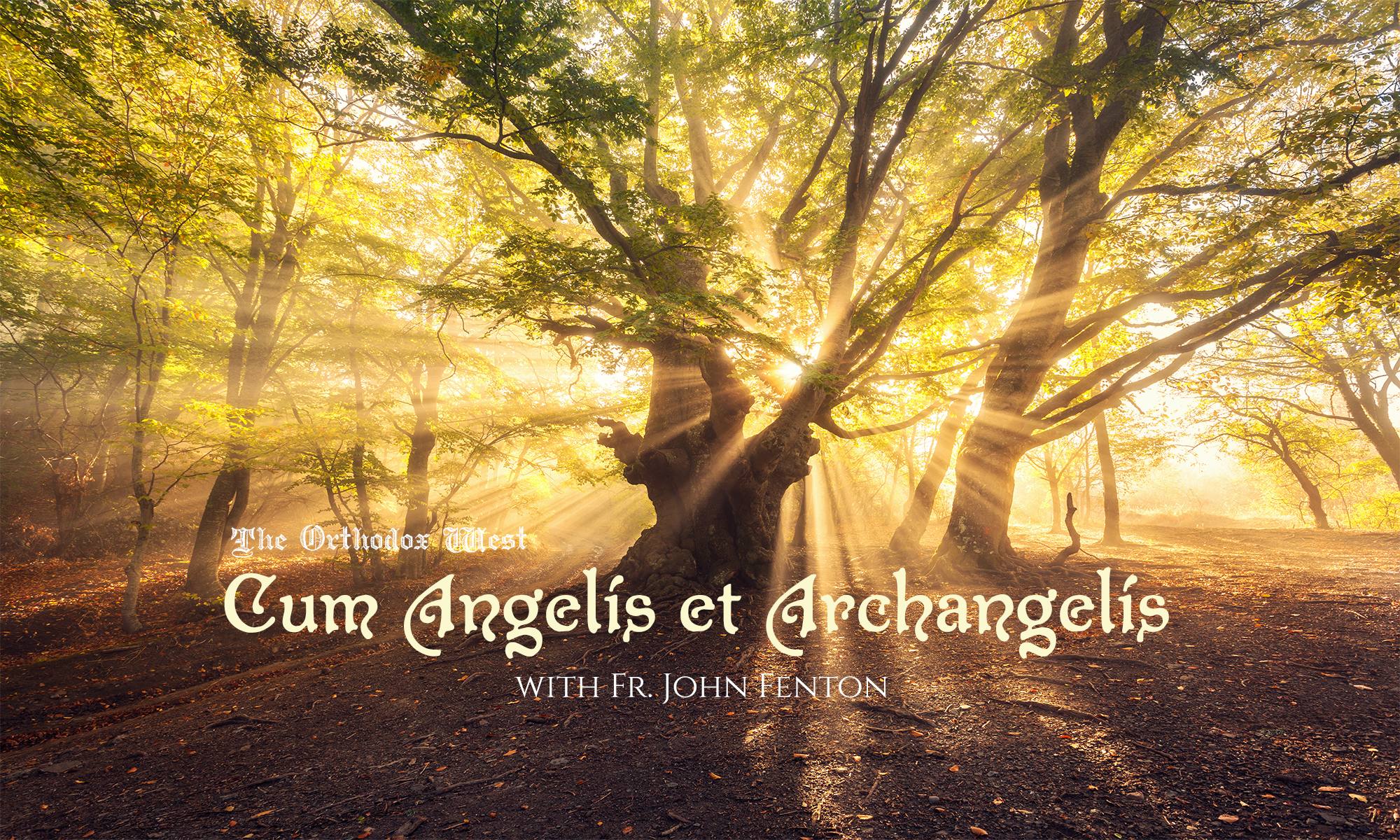The collect for Sexagesima is a prime example of why the translations of prayers in the Book of Common Prayer (ascribed to Thomas Cranmer) are to be examined carefully and some must be eschewed as not Orthodox in cases such as the aforementioned as well as every Apostles’ Day.
I’m not addressing here the elegance of Cranmer’s renderings. With G. K. Chesterton, I applaud “the rhythm of Cranmer’s prose.” And a great many of the translations from the Latin are fairly faithful. A word here or there may be added, which often does not detract from the sense or theology. An egregious exception is the collect for Trinity XVIII [Pentecost XVII] where “grace to withstand the temptations of the world, the flesh, and the devil” stand in for “diabolica vitare contagia” (“to avoid/shun contagions of the devil”). Clearly the sense is changed, but not as remarkably as in the Sexagesima collect. In that instance, Chesterton is correct in observing that Cranmer’s work “has style; it has tradition; it has religion; it was written by apostate catholics.”
Apostate might seem to be too strong an invective for the prayerbook that formed the faith of many in one of the largest Protestant denominations. Yet that word does not ring hollow when the Orthodox doctrine of the saints interceding for us is deliberately written out.
Consider the Sexagesima collect as cast by Cranmer:
“O Lord God, who seest that we put not our trust in any thing that we do: mercifully grant; that by thy power we may be defended against all adversity.”
Compare that with the Roman original which scholars say was probably composed by St Gregory the Great (or “St Gregory Dialogus,” as the Byzantines style him.):
Deus, qui conspicis, quia ex nulla nostra actione confidimus: concede propitious; ut contra adversa onmia, doctoris gentium protectione muniamur.
Missale Romanum
O God, who seest that we put not our trust in any thing that we do: mercifully grant; that by the protection of the Teacher of the Gentiles, we may be defended against all adversity.
Author’s translation
Sitting in the shadow of St Paul’s Cathedral in London, Cranmer determined that “the protection of the Teacher of the Gentiles” was unworthy of not only a prelate whose greatness was achieved primarily by holiness through the prayers of the saints, but also of Catholic worship. A cursory comparison of the collects for nearly every Apostle and Evangelist Day equally unmasks this ungodly circumcision according to a decidedly Protestant agenda.
No doubt for this reason (and a few others), the authorized prayerbooks for the Western Rite Vicariate remain the English (“Knott”) Missal and the Douglas translation of the Monastic Diurnal (and its latterly published companion, the Monastic Matins), rather than the various versions of the Anglican Missal, the American Missal, the Anglican Breviary or like kind. The “default switch” for these latter books is the Book of Common Prayer which contains the contagia of prayers “written by apostate catholics.” By contract, the approved books offer translations of the Western Orthodox liturgy which are to be used, while the BCP (or APB) options are to be shunned.

